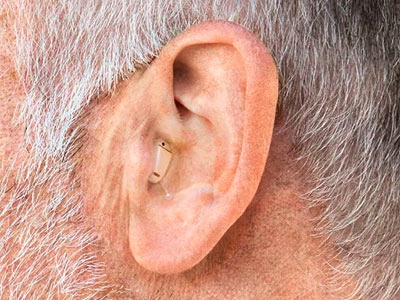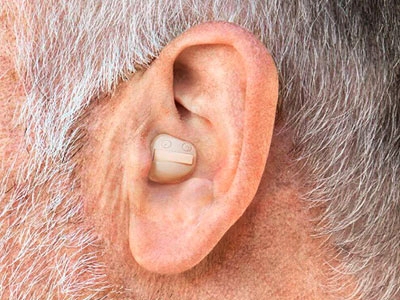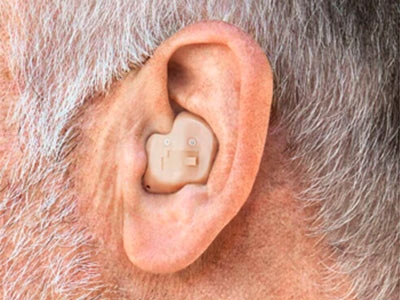Our range of hearing aids come in a variety of different styles and are designed to be as sleek and discreet as possible to help you hear the world around you clearly. We’ll provide you with the right type of hearing aid whether you have mild, moderate or severe hearing loss.
Our digital hearing aids use the latest pioneering technology to help you make perfect sense of the sounds around you. The world’s leading hearing aids with advanced technology from Signia and Phonak.
We aim to improve your hearing and helps maintain the quality of life. Wearing a hearing aid increases independence and safety. It also promotes social life and reconnects you with family and friends.






